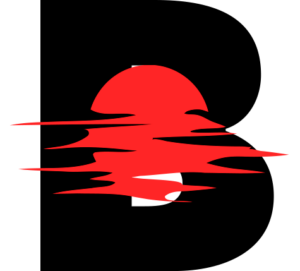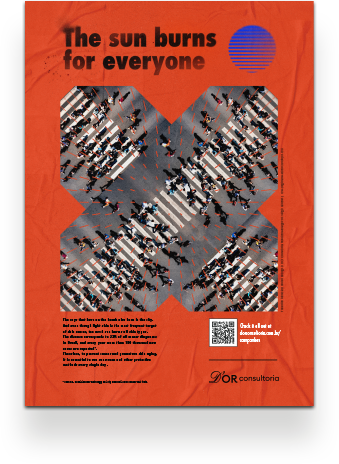which corresponds to 30% of all malignant tumors reported in the country. And while excessive sun exposure is the main risk factor for skin cancer, a 2019 survey by the Brazilian Society of Dermatology states that 63% of Brazilians are exposed to the sun without any protection.

You need to protect yourself every day, even when the weather is cloudy. After all, the rays that burn on the beach also burn in the city. And even though fair skin is 20 times more susceptible to skin cancer, too much sun harms all skin types.
Here, you will learn more about the disease and all the ways to protect yourself from the sun. After all, it burns for everyone.

The sun produces invisible ultraviolet rays which are divided into two types:
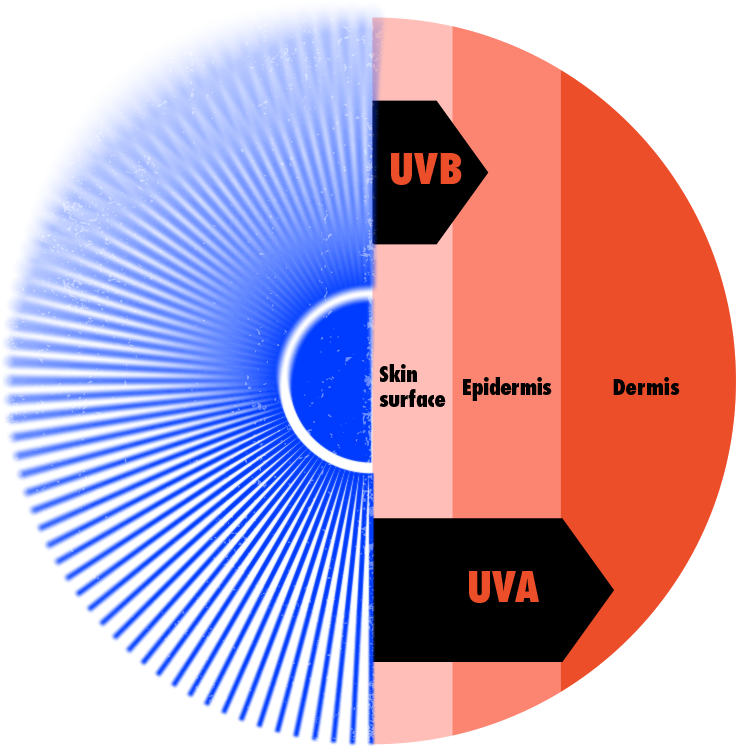

Skin cancer is caused by the abnormal and uncontrolled growth of the cells that compose the skin, which is the largest organ in our body. These cells are arranged in layers, and according to the ones affected, the different types of cancer are defined:

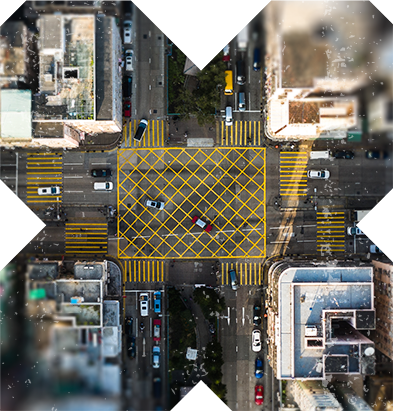
Spots
that may itch,
flake off or bleed
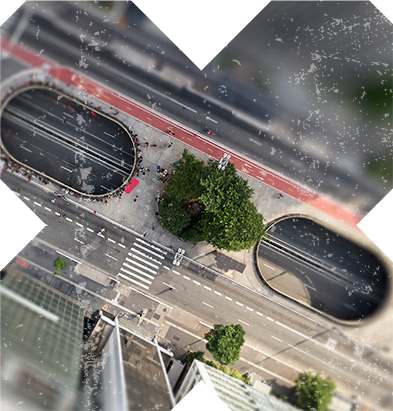
Marks or moles
that change size,
shape or color
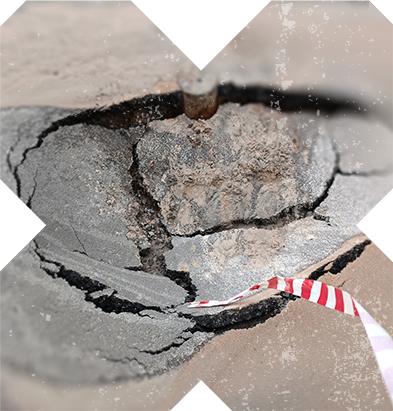
Wounds
that take
time to heal

To further evaluate skin changes, follow the letters and seek medical help if you notice the following situations:
Risk Factors
Skin cancer is considered rare in children and black people, but quite frequent in people who:
![]()
Are light-skinned, light-eyed, albino, or sensitive to the action of the sun’s rays;
![]()
Have personal or family history of this cancer;
![]()
Showed previous skin diseases;
![]()
Are over 40 years old;
![]()
Work under direct sun exposure;
![]()
Often expose themselves to the sun for a long time;
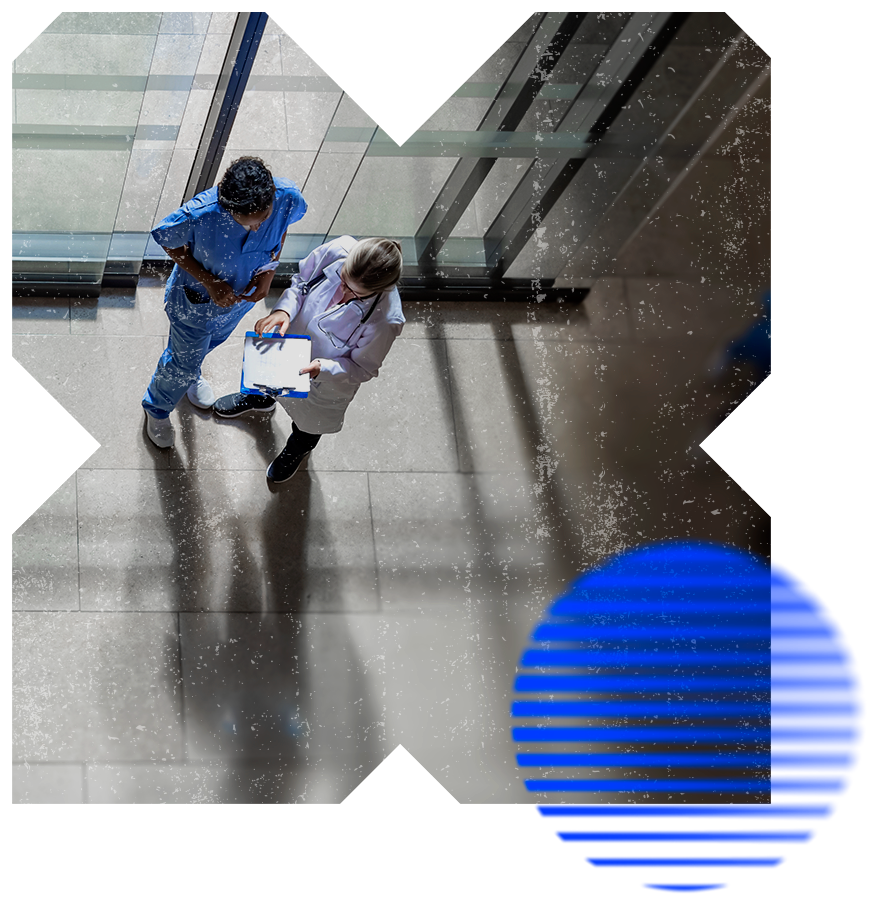
Diagnosis
Although it is extremely important to be aware of skin blemishes and signs, this self-care does not replace regular visits to the dermatologist, which can be yearly or as recommended by the professional.
To confirm the diagnosis of skin cancer, clinical examinations and, in some situations, a biopsy is necessary.
Treatments
When skin cancer (especially the non-melanoma type) is diagnosed early, the chances of cure can be as high as 90% and today there are many treatment options.
In addition to traditional radiotherapy and chemotherapy and interventions, such as immunotherapy, oral and topical medications can be applied:


Excisional surgery:
Removal of the tumor with a scalpel, and also of an additional border of healthy skin, as a safety margin.
Curettage and electrodesiccation:
Used in smaller tumors, they provide scraping of the lesion with a curette, while an electric scalpel destroys the cancer cells.
Cryosurgery:
Promotes tumor destruction by freezing with liquid nitrogen.
Laser surgery:
Removes the tumor cells using the carbon dioxide laser or erbium YAG laser.
Photodynamic Therapy:
The doctor applies a photosensitizing agent, such as 5-ALA acid, to the injured skin. After a few hours, the areas are exposed to an intense light that activates the 5-ALA and destroys the tumor cells.

The care taken when exposing yourself to the sun must be daily. It cannot be limited to sunny days or places like the beach and swimming pool. Prevention is necessary even on cloudy days, and especially in the cities. Every single day.
It is not always feasible to avoid exposure between 10 a.m. and 4 p.m., as doctors recommend, even more so in the busy day-to-day life of cities, but it is possible to increase the protective barriers with:
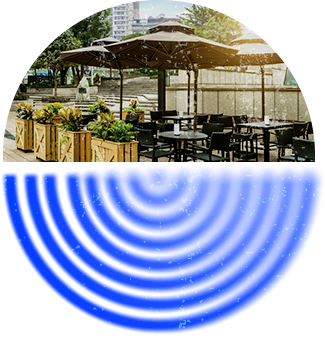
Parasol or
umbrella
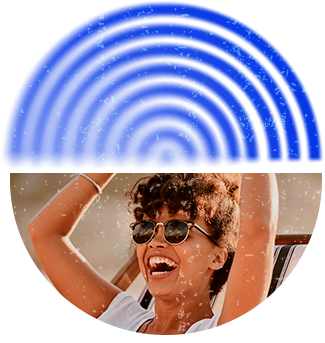
Sunglasses

T-shirts and blouses/shirts with technological fabrics (which offer extra protection)
And, of course, sunscreen
First of all, it is necessary to consider the use of sunscreen, at least on the face and arms, as a necessity, just like brushing your teeth or using deodorant. In no time, it becomes a habit – and a healthy one!
What sunscreen to choose
Once the barrier of daily habit is overcome, it is important to know which sunscreen to choose and how much to use. It’s not complicated at all!
Choose a sunscreen that offers protection against UVA and UVB rays. Both are quite common in drugstores and specialized stores. According to the Brazilian Society of Dermatology, the most recommended Sun Protection Factor (SPF) for the Brazilian population is at least 30. The dermatologist can evaluate if there is a need for a higher SPF according to the skin type.
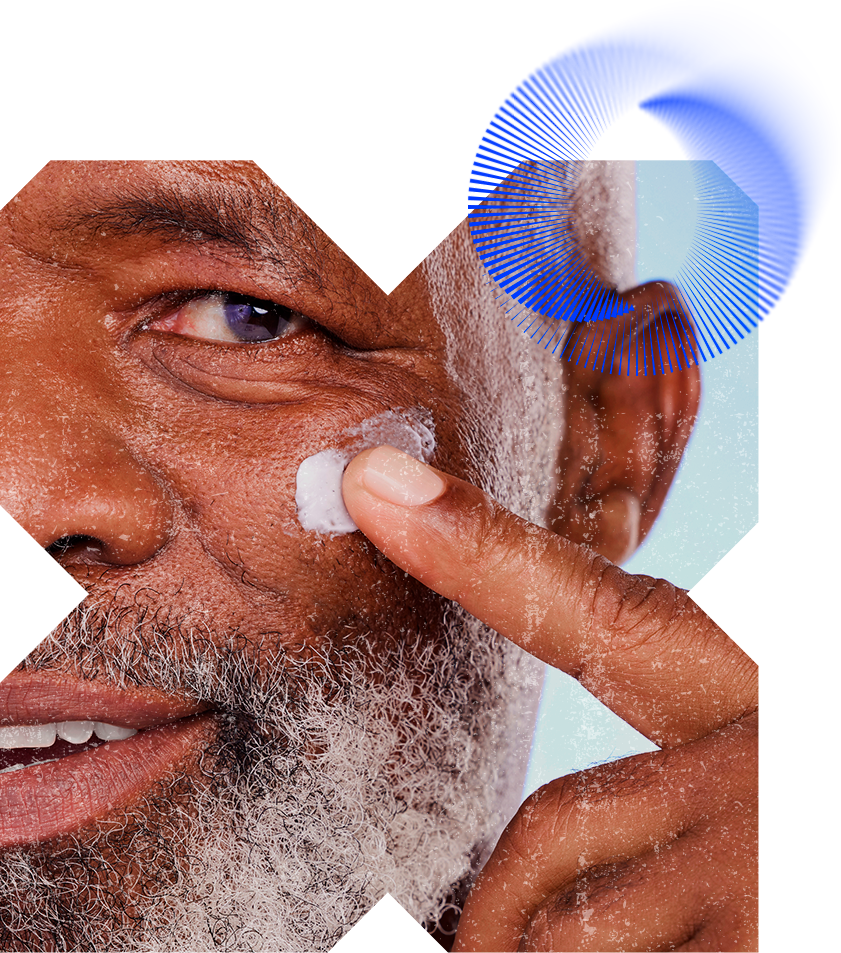
How much do I use?
Face and neck:
one teaspoon for each
Torso:
one teaspoon of protector for the front and one for the back
Arms:
one teaspoon each
Lips:
apply the filter in lipstick format
Extra 1: Bald people cannot forget to apply the sunscreen in the head region!
Extra 2: Tattoos also need protection so they won't fade!
The sunscreen should be applied at least 30 minutes before sun exposure and reapplied every time there is excessive sweating.

In addition to protecting against cancer risks, the sunscreen prevents skin aging, as well as wrinkles, marks, and blemishes.


It is fundamental to remember that, even with the risks of exposure to unprotected rays, the sun is essential to our health! In addition to the feeling of well-being, sunlight can help control some skin diseases, such as psoriasis. It is also the main source of vitamin D, which regulates the absorption of calcium in our body and decreases the risk of diseases such as osteoporosis and rickets.
This means that, when protective care against skin cancer is taken, the sun is good for everyone!
Dr. Sérgio Hércules CRM (Regional Medical Council) 61.605




